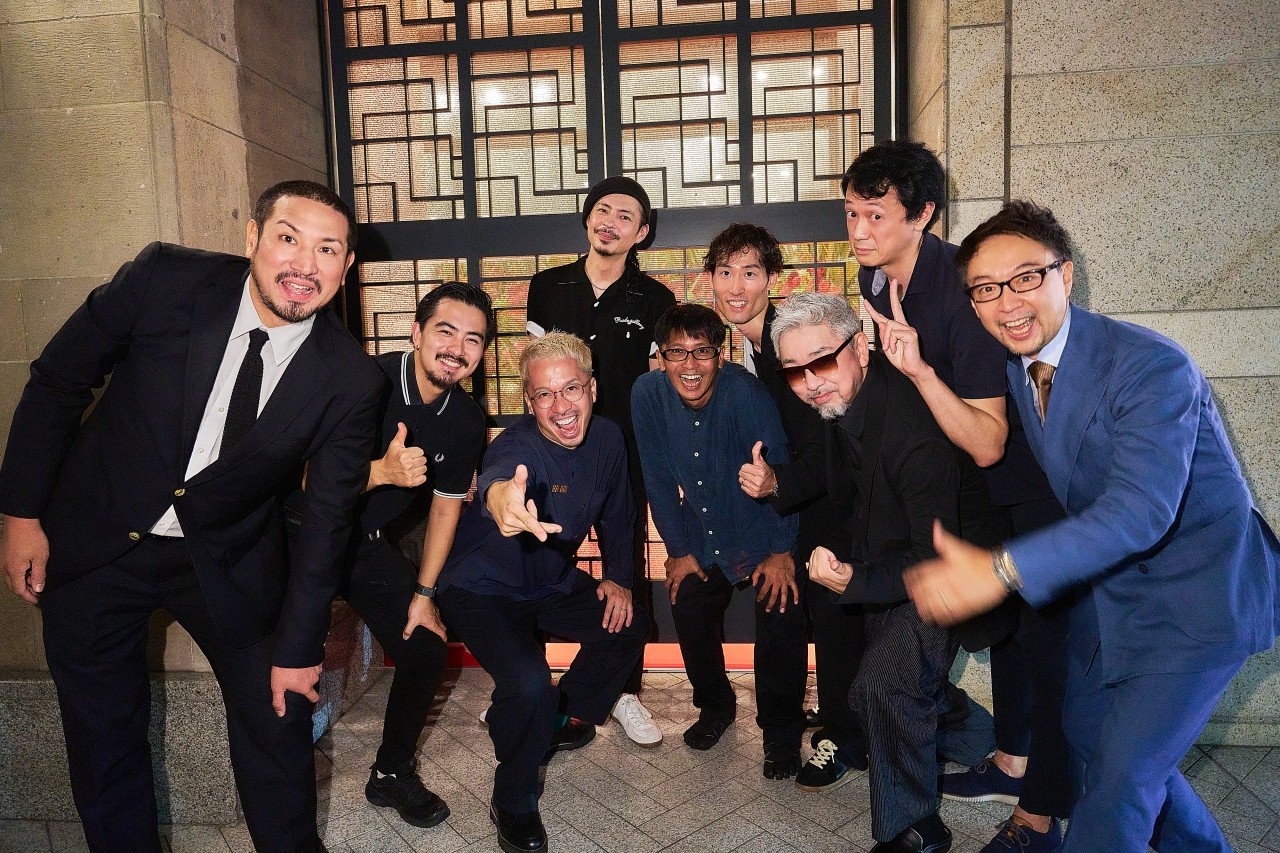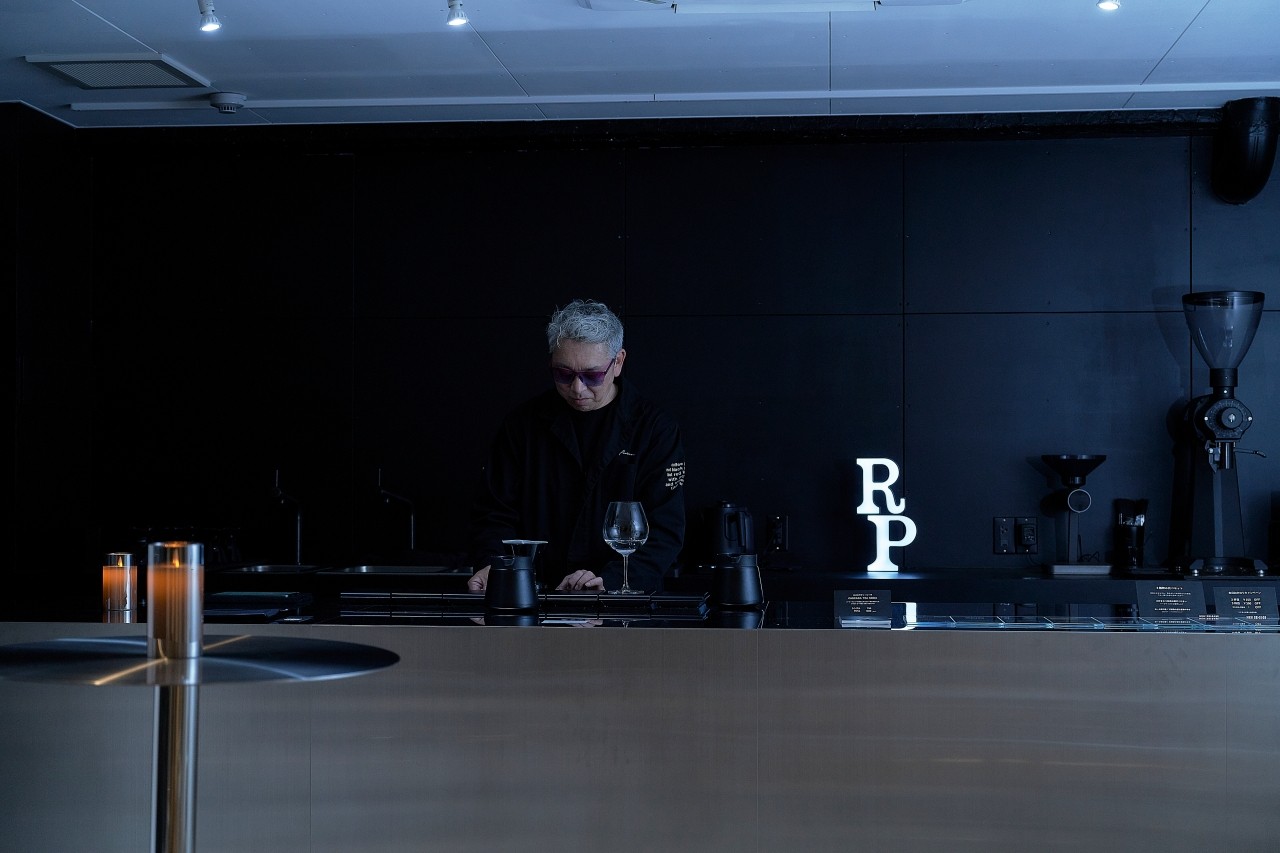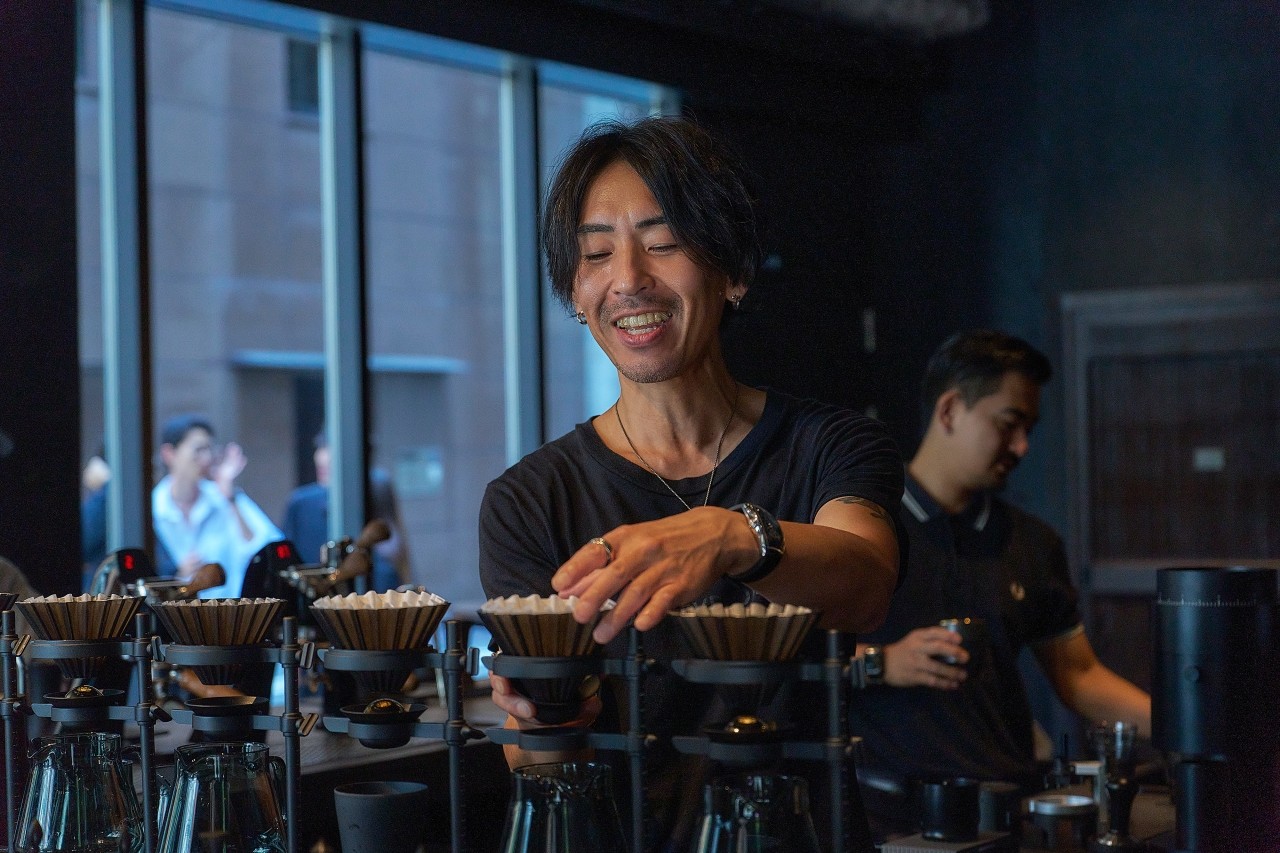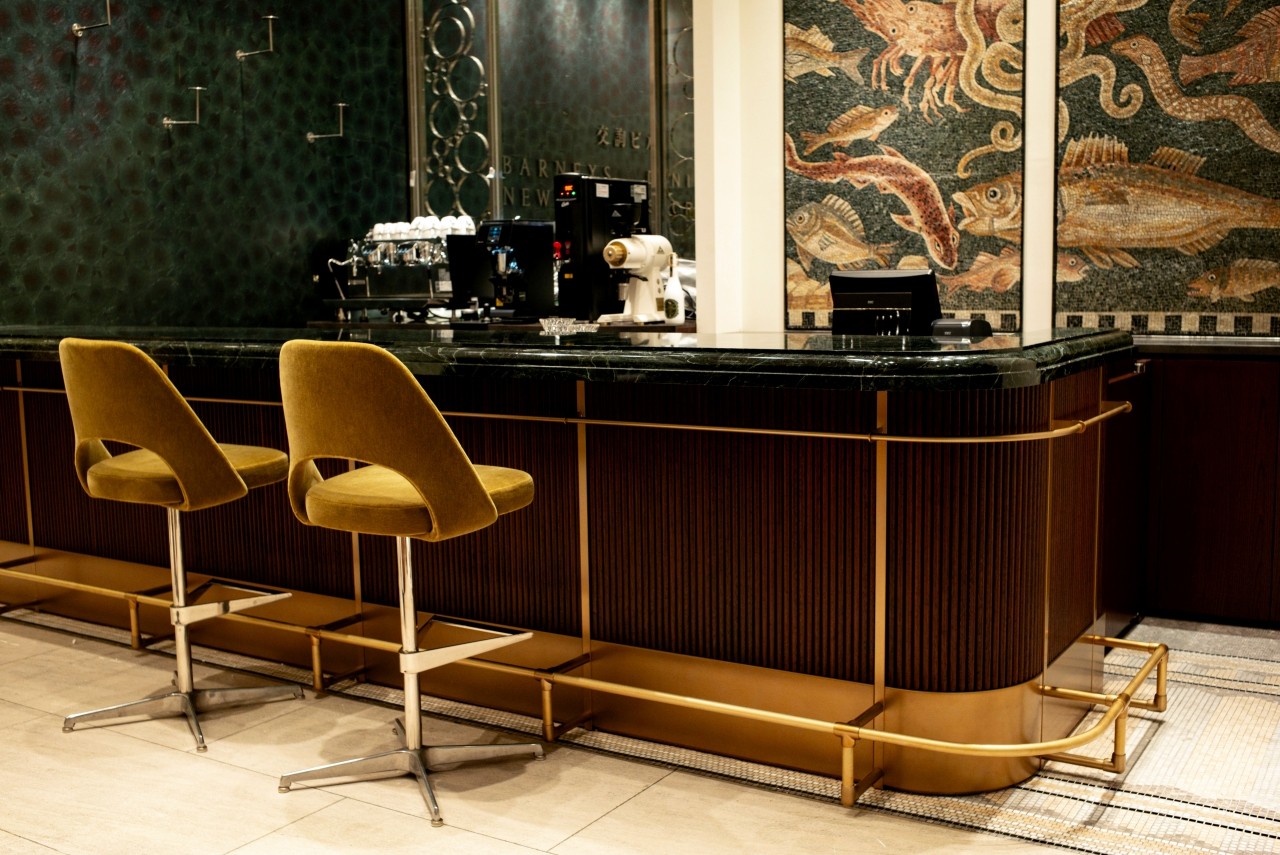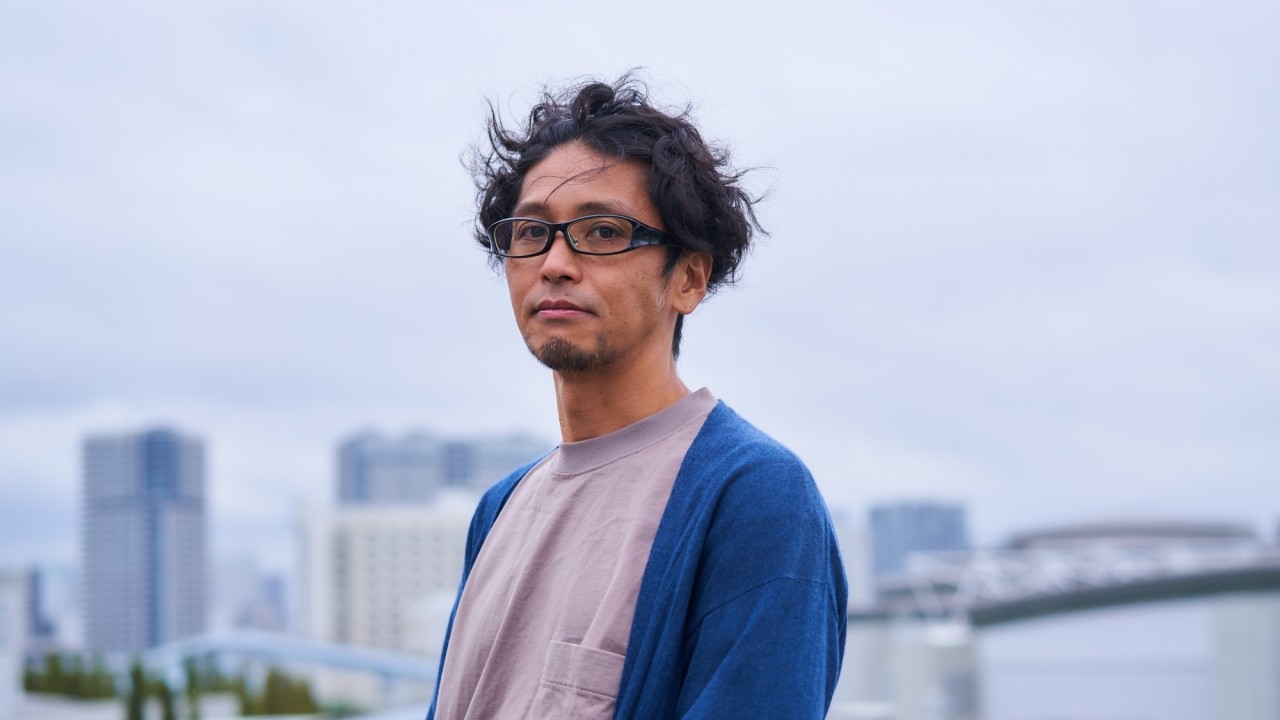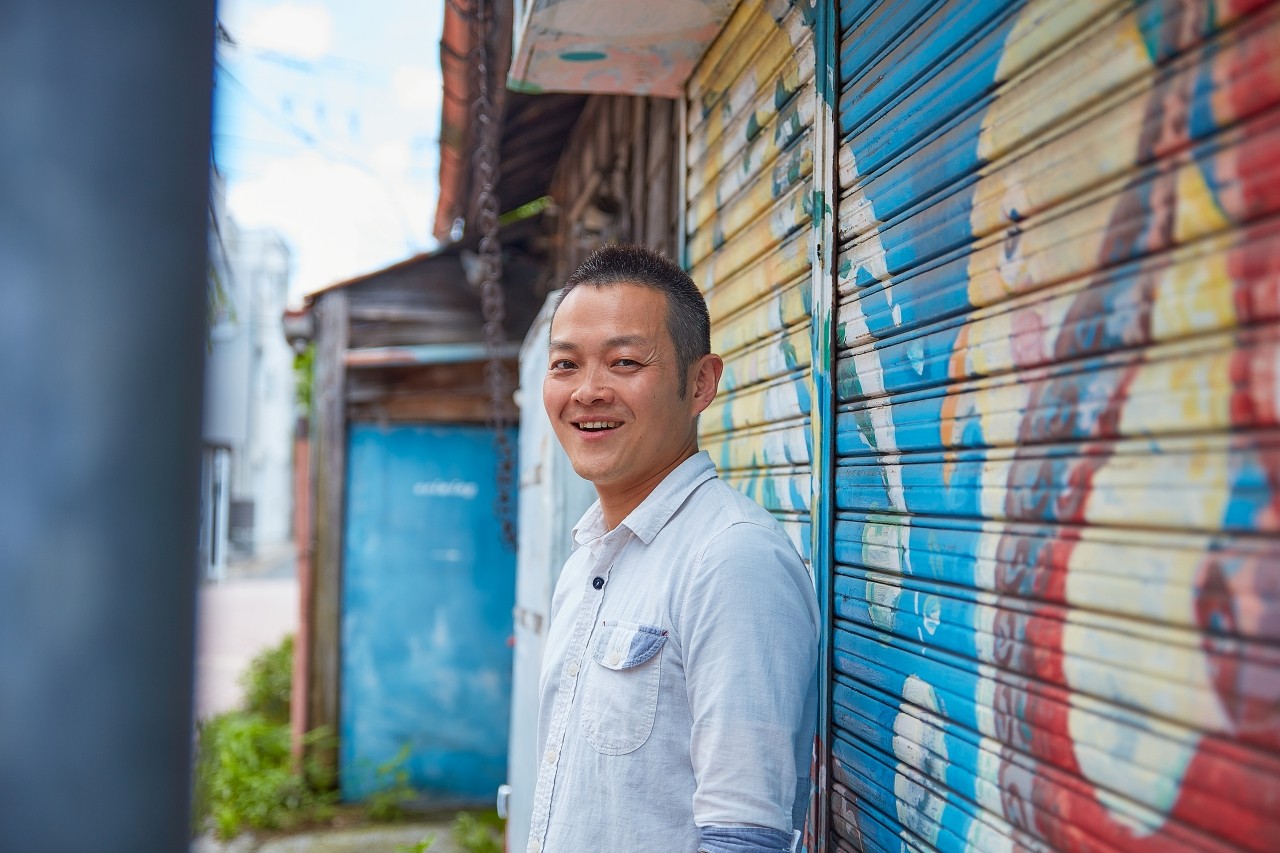What is the relationship between country of production and production processing? [Coffee Fanatic Hitomi 's Deep Coffee World Part 2]
Hello! I'm Coffee Fanatic Hitomi .

In the second part of the production and processing series, I would like to talk about the basic combinations of each producing country and production and the background behind them.
In the traditional coffee industry, or the so-called mainstream industry, there are actually superior and inferior methods of production and processing, and countries that correspond to each method are implicitly ranked.
Today, there are a variety of production processes used in specialty coffee, so it may sound strange to say that there are "superior and inferior production processes," but I think it is interesting in its own way because it gives us a glimpse into what type of coffee was considered "good" historically (∩´∀`)∩.
So, I would like to introduce the combination of production process and producing country. Well, it is knowledge that coffee men and roasters of the past should know, but it doesn't matter if you know it now. But even specialty roasters may be more professional if they know it! ?
Coffee Producing Countries' Agreement
Brazilian Natural Arabicas
Brazil, Ethiopia, Paraguay
Colombia Mild Arabicas
Colombia, Kenya, Tanzania
Other Mild Arabic
Bolivia, Burundi, Costa Rica, Cuba, Dominica, Ecuador, El Salvador, Guatemala, Haiti, Honduras, India, Jamaica, Malawi, Mexico, Nicaragua, Panama, Papua New Guinea, Peru, Rwanda, Venezuela, Zambia, Zimbabwe
Robusta
Angola, Democratic Republic of the Congo, Ghana, Guinea, Indonesia, Liberia, Nigeria, OAMCAF (Benin, Cameroon, Central African Republic, Congo, Côte d'Ivoire, Equatorial Guinea, Gabon, Madagascar, Togo), Philippines, Sierra Leone, Sri Lanka, Thailand, Trinidad and Tobago, Uganda, Vietnam
Brazil, Ethiopia, Paraguay
Colombia Mild Arabicas
Colombia, Kenya, Tanzania
Other Mild Arabic
Bolivia, Burundi, Costa Rica, Cuba, Dominica, Ecuador, El Salvador, Guatemala, Haiti, Honduras, India, Jamaica, Malawi, Mexico, Nicaragua, Panama, Papua New Guinea, Peru, Rwanda, Venezuela, Zambia, Zimbabwe
Robusta
Angola, Democratic Republic of the Congo, Ghana, Guinea, Indonesia, Liberia, Nigeria, OAMCAF (Benin, Cameroon, Central African Republic, Congo, Côte d'Ivoire, Equatorial Guinea, Gabon, Madagascar, Togo), Philippines, Sierra Leone, Sri Lanka, Thailand, Trinidad and Tobago, Uganda, Vietnam
So there are roughly four categories.
It can be understood that the countries on this list mainly produce that grade (close to production processing).
If we were to rank them by quality, it would look something like this:
1. Colombian Mild Arabicas
2.Other Mild Arabicas
3.Brazilian Natural Arabicas
4.Robusta
Basically, Arabica beans are ranked first in quality. Then, 1 and 2 are countries that produce washed coffee (the word "mild" actually means "washed"). 3, countries that produce non-washed coffee, are ranked lower than the countries that produce washed coffee.
There is no distinction between washed and unwashed Robusta. Well, Robusta is not yet very popular in the specialty coffee world, but the Robusta market may become more active in the future. However, Robusta never deviates from its Robusta flavor, and basically, no matter what variety it is, it doesn't have much acidity.
So let me explain each one!
So let me explain each one!
Colombia Mild Arabicas
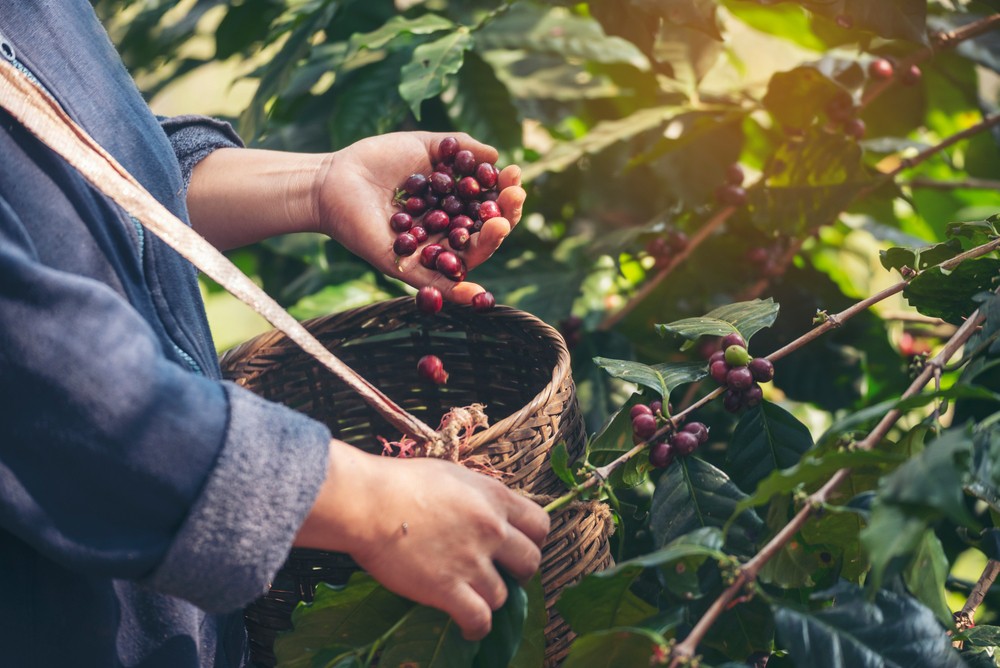
First, there is Colombia Mild, which is the top-ranked washed coffee. The reason why the group name is Colombia is because it is the country with the largest production of washed Arabica coffee, about 14 million bags (1 bag is equivalent to 60 kg). Therefore, Colombia's quality is the standard.
Historically, they have been favored for their high quality, and there are only three countries that can be put into this category: Colombia, Kenya, and Tanzania. Of these, you can safely assume that Kenya is at the top of the quality list. In Japan, Tanzania is famous and is often sold under the brand name "Kilimanjaro." However, it is Kenya that is highly valued in Europe, or the so-called Western side.
In these countries, coffee is grown in mountainous areas, and there are many small-scale farmers. Drying area is difficult to secure in the mountains, and it is prone to rain. The amount of the accumulated lot per day is also likely to vary, so small-scale production using the washed coffee method is suitable (or rather, it is impossible without the washed coffee method...). In Colombia, the agricultural cooperative purchases cherries from each "small-scale farm" to form coffee lots, while in Kenya and Tanzania, cherries are purchased from each "small-scale household" to form coffee lots.
Kenya and Tanzania have an auction system in the country, so the quality and price tend to rise, but Tanzania is not doing so well, so Colombia may have higher quality. By the way, if you compare commercial prices, Colombia Supuremo and Tanzania AA FAQ are almost the same price. In contrast, Kenya AA FAQ is about twice as expensive as these two countries. So, it can be said that Kenya is a higher rank in terms of price.
Historically, they have been favored for their high quality, and there are only three countries that can be put into this category: Colombia, Kenya, and Tanzania. Of these, you can safely assume that Kenya is at the top of the quality list. In Japan, Tanzania is famous and is often sold under the brand name "Kilimanjaro." However, it is Kenya that is highly valued in Europe, or the so-called Western side.
In these countries, coffee is grown in mountainous areas, and there are many small-scale farmers. Drying area is difficult to secure in the mountains, and it is prone to rain. The amount of the accumulated lot per day is also likely to vary, so small-scale production using the washed coffee method is suitable (or rather, it is impossible without the washed coffee method...). In Colombia, the agricultural cooperative purchases cherries from each "small-scale farm" to form coffee lots, while in Kenya and Tanzania, cherries are purchased from each "small-scale household" to form coffee lots.
Kenya and Tanzania have an auction system in the country, so the quality and price tend to rise, but Tanzania is not doing so well, so Colombia may have higher quality. By the way, if you compare commercial prices, Colombia Supuremo and Tanzania AA FAQ are almost the same price. In contrast, Kenya AA FAQ is about twice as expensive as these two countries. So, it can be said that Kenya is a higher rank in terms of price.
Other Mild Arabic
This group category is made up of countries that produce washed coffee but were not included in the Colombia Mild category. It's a pretty rude way of treating them (lol), but if we were to use a sports analogy, it would be like the "second tier."
The production patterns in these countries are also formed in the mountains, and the farmers are mainly small-scale producers. Therefore, the washing method is the norm, but the quality is inferior to the Colombia Mild group. Well, in the specialty coffee world, such classifications are not so relevant, but when you look at the overall quality and production volume, there is a certain basis for it, and this mainstream view is interesting.
Bule Mountain, a coffee highly prized in Japan, is from Jamaica, but it is classified as Other Mild, despite its high price. Panama, which became popular with Geisha , Guatemala, and Costa Rica, which became famous with Specialty, are also in this group. Sumatra (Indonesia) and Ethiopia, which are loved by Starbucks, are not included in this group in the first place.
Guatemala was one of the first to stand out in the Other Mild category. Coffee is usually distributed by farmers selling harvested fruit (coffee cherries) to agricultural cooperatives, cherry collectors, cherry sales outlets, etc., and domestic distribution is basically done by coffee cherries. However, in Guatemala, farmers and agricultural cooperatives immediately process the cherries after harvest, finishing them into dry parchment, and they have become a producing country that distributes them domestically.
The most important thing about washed coffee production is to process the cherries immediately after harvest, without leaving them for a day. After harvest, the cherries self-digest and ferment, causing changes in quality. Therefore, Guatemala, which produces dried parchment at an early stage and distributes it domestically, has emerged as a leader in this group (although it may also be because Starbucks is a fan). By the way, the basic domestic distribution in Central America is like this.
The production patterns in these countries are also formed in the mountains, and the farmers are mainly small-scale producers. Therefore, the washing method is the norm, but the quality is inferior to the Colombia Mild group. Well, in the specialty coffee world, such classifications are not so relevant, but when you look at the overall quality and production volume, there is a certain basis for it, and this mainstream view is interesting.
Bule Mountain, a coffee highly prized in Japan, is from Jamaica, but it is classified as Other Mild, despite its high price. Panama, which became popular with Geisha , Guatemala, and Costa Rica, which became famous with Specialty, are also in this group. Sumatra (Indonesia) and Ethiopia, which are loved by Starbucks, are not included in this group in the first place.
Guatemala was one of the first to stand out in the Other Mild category. Coffee is usually distributed by farmers selling harvested fruit (coffee cherries) to agricultural cooperatives, cherry collectors, cherry sales outlets, etc., and domestic distribution is basically done by coffee cherries. However, in Guatemala, farmers and agricultural cooperatives immediately process the cherries after harvest, finishing them into dry parchment, and they have become a producing country that distributes them domestically.
The most important thing about washed coffee production is to process the cherries immediately after harvest, without leaving them for a day. After harvest, the cherries self-digest and ferment, causing changes in quality. Therefore, Guatemala, which produces dried parchment at an early stage and distributes it domestically, has emerged as a leader in this group (although it may also be because Starbucks is a fan). By the way, the basic domestic distribution in Central America is like this.
Mexico: Cherry Guatemala: Dry Parchment El Salvador: Cherry Nicaragua: Wet Parchment Honduras: Wet Parchment Costa Rica: Cherry Panama: Cherry
With the rise of specialty crops in places like Costa Rica, more and more farmers are turning the beans into dry parchment, but when it comes to quality (not in the sense of superior taste or flavor, but in the sense of less deterioration due to withering or other reasons), Guatemala has the advantage, as it has been a tradition to turn the beans into dry parchment from an early stage.
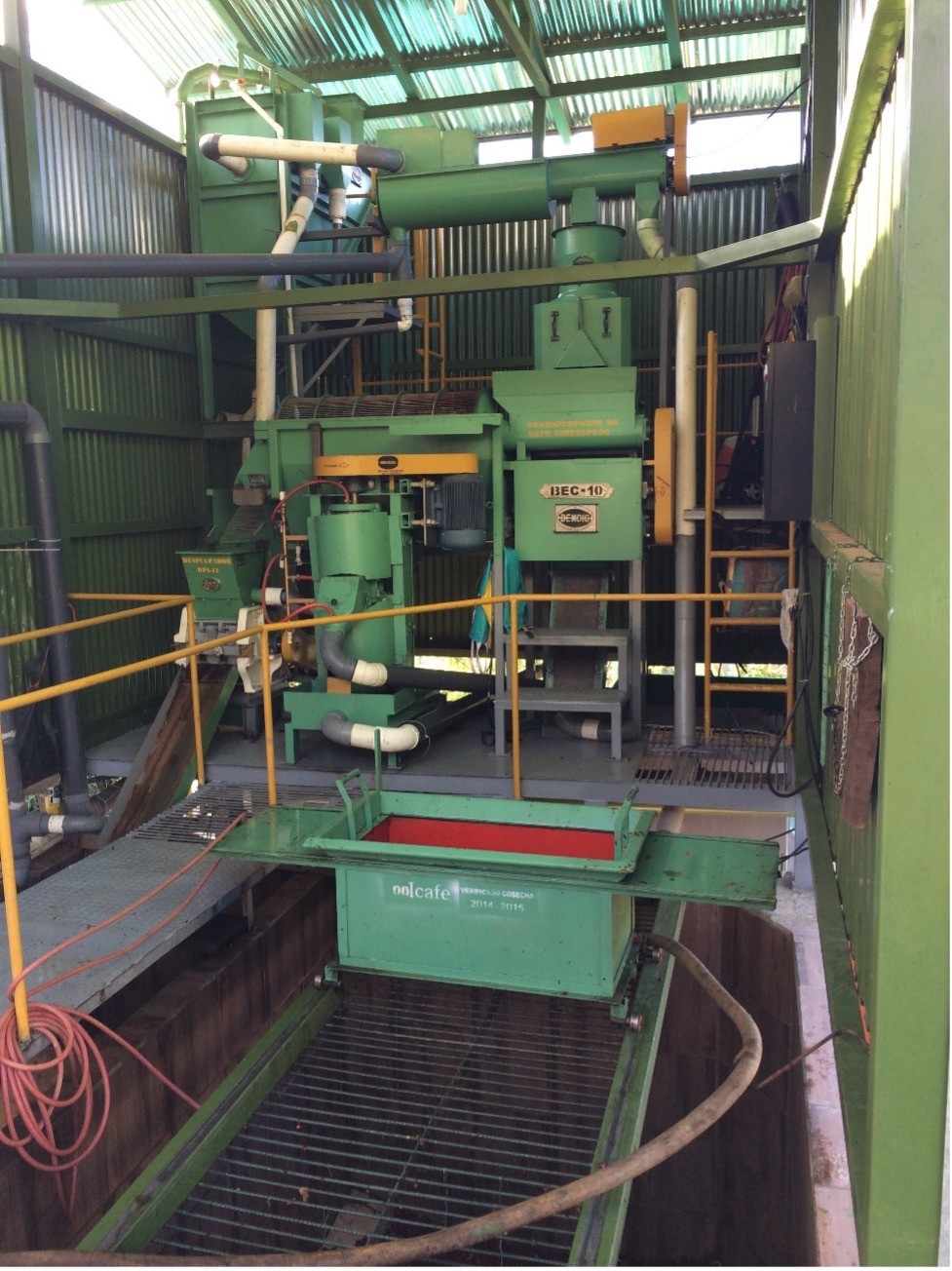 Costa Rica's wet mill. In the foreground is a bucket for storing cherries. The Icafe inspection mark is on it.
Costa Rica's wet mill. In the foreground is a bucket for storing cherries. The Icafe inspection mark is on it.In Mexico and El Salvador, production and processing is still often outsourced to exporters rather than to farmers, which means that coffee from these two countries is somewhat prone to deterioration.
...
Oops, before I knew it, I'd used up quite a bit of space.
Next time I would like to talk about the countries in the Natural and Robusta production and processing groups.
Well, good day everyone!
Fanatic Hitomi
*ICO (International Coffee Organization) is an international organization headquartered in London, UK, that negotiates and implements agreements regarding global coffee production and trade.
*Yemen is not included because it was not a member of the ICO when the above was enacted. (It is currently a member.)
Fanatic Hitomi
*ICO (International Coffee Organization) is an international organization headquartered in London, UK, that negotiates and implements agreements regarding global coffee production and trade.
*Yemen is not included because it was not a member of the ICO when the above was enacted. (It is currently a member.)
(reference)
ICO Member States
https://icocoffee.org/what-we-do/about-us/
ICO Member States
https://icocoffee.org/what-we-do/about-us/
Mastering production processing!! (My blog...)
https://coffeefanatics.jp/processing-prolog/
International Coffee Organization Glossary of Terms Used
https://www.ico.org/glossary.asp
https://coffeefanatics.jp/processing-prolog/
International Coffee Organization Glossary of Terms Used
https://www.ico.org/glossary.asp
If you want to enjoy coffee more deeply
" CROWD ROASTER APP"
Manabu at CROWD ROASTER LOUNGE
・Push notifications for article updates・Full of original articles exclusive to CROWD ROASTER
・Direct links to detailed information about green beans and roasters
App-only features
- Choose green beans and roasters to create and participate in roasting events・CROWD ROASTER SHOP: Everything from beans to equipment is readily available
・GPS-linked coffee map function


Ryo Mikami
After graduating from Manabu , he worked at Starbucks for some reason, which led him to discover the potential of coffee. After many twists and turns, he joined a specialty coffee trading company. He was enlightened to the way of the fanatic, and is now involved in a wide range of work from commodities to specialties, including market analysis, visiting coffee producing areas, judging competitions, coaching competitions, extraction, roasting, and equipment proposals. He is also an advisor for CROWD ROASTER .
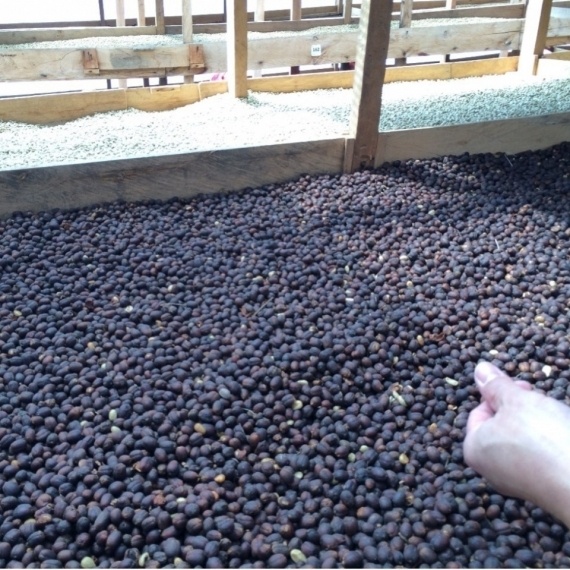
Natural super basics [Coffee Fanatic Hitomi 's Deep Coffee World No. 9]

Free washed fermentation process [Coffee Fanatic Hitomi 's Deep Coffee World Part 6]

Basic flow of flushing method [Coffee Fanatic Hitomi 's Deep Coffee World Part 4]

What is production processing? [Coffee Fanatic Hitomi 's Deep Coffee World Part 1]

What is infused coffee? [Coffee Fanatic Hitomi 's Deep Coffee World No. 18]

What is the Costa Rican Anaerobic Honey Process? [Coffee Fanatic Hitomi 's Deep Coffee World No. 17]

